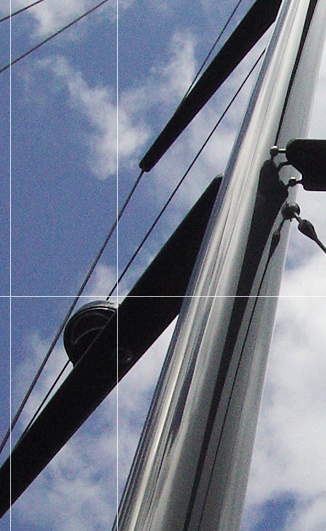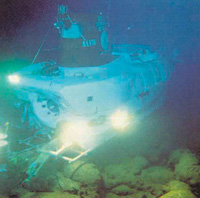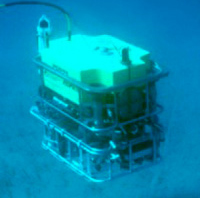

Resistance
Titanium is extremely resistant (as much as steel and twice that of aluminium). It has a low density (4.54 g/cm3), approximately 56% of that of steel; at the same weight, therefore, titanium occupies twice the volume of steel. Titanium, therefore, is as resistant as steel, but 56% lighter; it is also 60% heavier than aluminium, but twice as resistant. It can withstand extreme temperatures (it has a higher melting point – 1678°c).
It is highly resistant to an extensive range of acids, alkalis and industrial chemicals; it is also very resistant to erosion (at least twenty times more than copper-nickel alloys), cavitation and impact. Erosion is a form of accelerated attack, generally connected with high water speeds and local turbulence that eliminate the protective surface film of oxide. Given its capacity of rapidly repairing its film of oxide, titanium does not suffer from this form of attack, not even when sea water mixed with sand is involved. It has been fully demonstrated that titanium remains totally unaltered in water chillers. Another important characteristic is its ductility (elevated ultimate elongation), approximately three times greater than that of aluminium and steel.
Its extraordinary erosion resistance, that makes it the most favoured metal in the chemical industry, is due to a stable and substantially inert film of oxide that is just a few nanometres thick. As it is an extremely reactive material, it immediately covers itself with this film when exposed to the atmosphere. The same behaviour generally occurs when it comes into contact with water, even trace quantities or steam. Provided there is a sufficient quantity of oxygen, the film can regenerate itself almost immediately if mechanically damaged.
 |
 |
